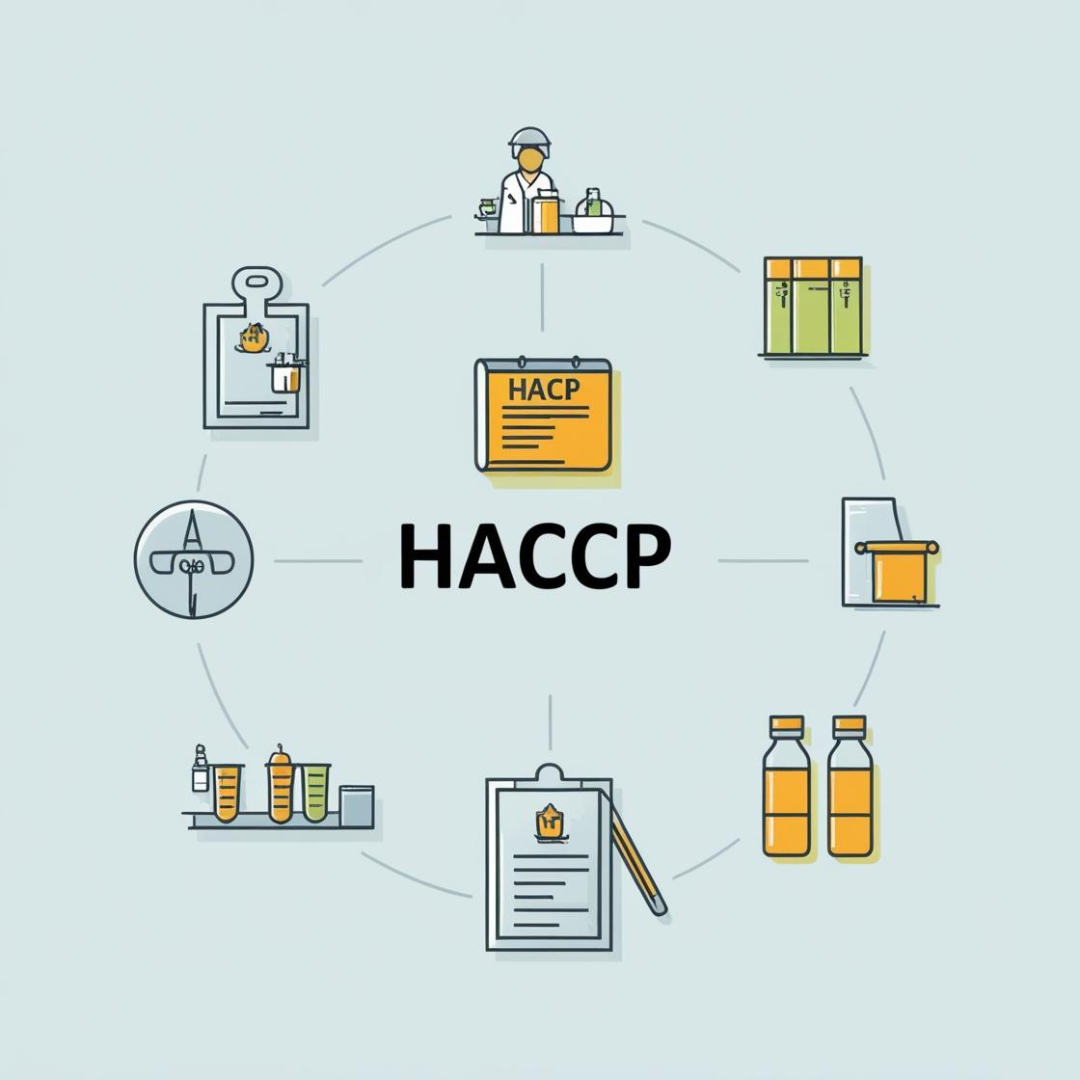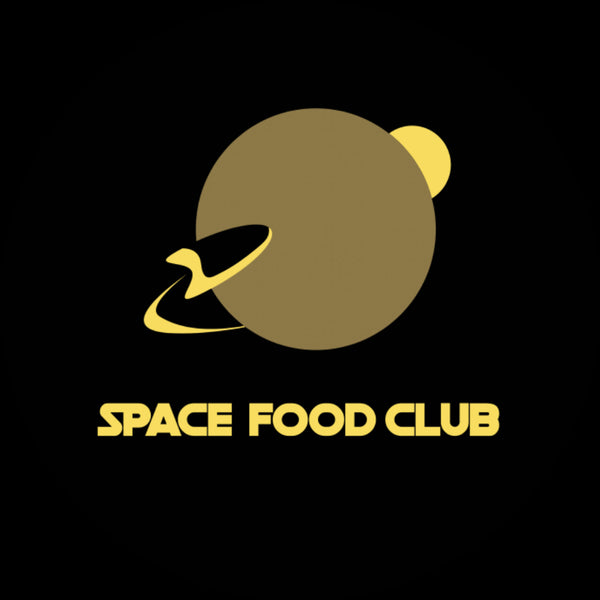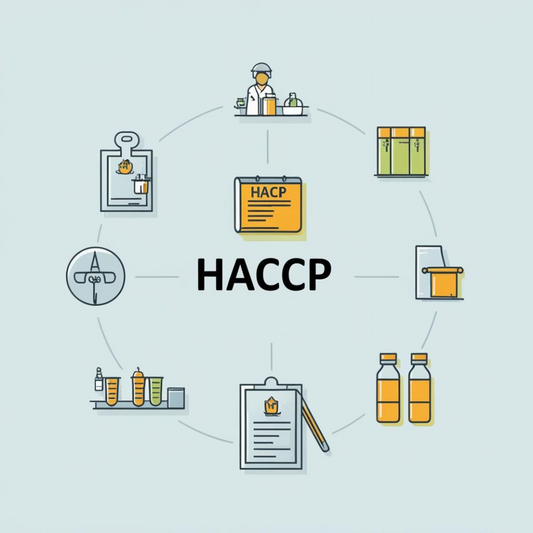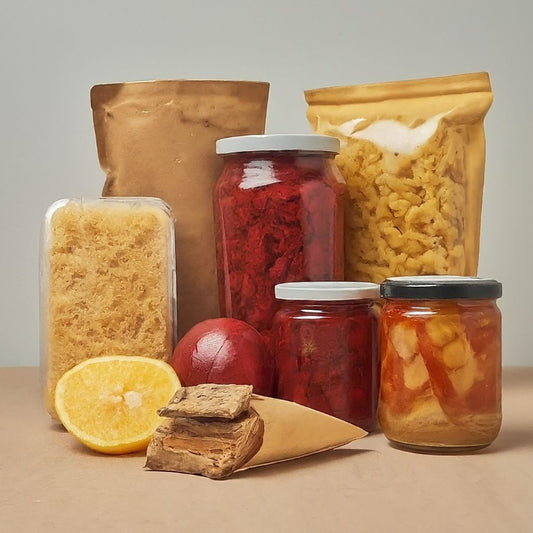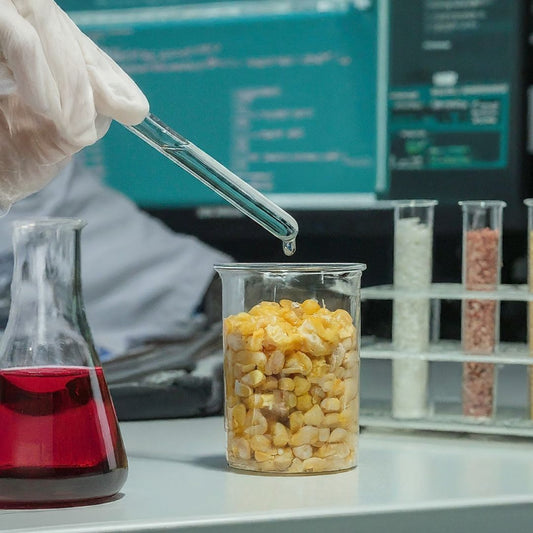🔗 Blockchain in Food Safety – Trust You Can Trace
Share
Food travels through a complex web of farmers, processors, distributors, and retailers before reaching our plates. Along the way, contamination, fraud, or poor storage can compromise safety. Traditional tracking systems are often slow and fragmented—making recalls costly and inefficient.
Blockchain solves this with transparency.
It creates a decentralized, tamper-proof record where every step of a food product’s journey is stored securely and visible in real time.
🔹 1. Traceability in Seconds
Walmart + IBM Food Trust (USA): After repeated lettuce recalls due to E. coli, Walmart adopted blockchain. What used to take 7 days to trace the farm source can now be done in 2.2 seconds. This means faster recalls, less waste, and safer food.
Nestlé & Carrefour (Europe): Baby food and milk products now carry QR codes. Consumers can scan and see origin farms, quality checks, and logistics history instantly.
🔹 2. Fighting Food Fraud
Honey & Olive Oil: Adulteration costs the global food industry billions. Blockchain is being piloted to verify authenticity—ensuring that “extra virgin” really means it.
Australian Beef: Producers use blockchain to guarantee that beef exported to Asia is truly grass-fed and hormone-free, protecting brand reputation and consumer trust.
🔹 3. Consumer Trust Through Transparency
Starbucks (USA): Customers can scan a code on their coffee cup to trace beans from farm to roasting facility. This boosts trust and strengthens farmer–consumer connections.
Provenance (UK): Works with brands to prove claims like organic, fair trade, and sustainable fishing—backed by blockchain records instead of marketing promises.
🔹 4. Safer & Faster Recalls
In 2018, during a major E. coli lettuce outbreak in the US, thousands of tons of lettuce were destroyed because the contamination source was unclear. With blockchain, only affected batches would be flagged, saving time, money, and food.
🔹 5. The Future of Blockchain in Food
Imagine buying chicken at the supermarket, scanning a QR code, and seeing:
The farm it came from
The feed used
The processing facility and hygiene checks
The temperature history during transport
This isn’t far off—pilots are already underway in Europe, the US, and Asia.
🌍 Why It Matters
🕒 Trace contamination in seconds, not weeks
🍯 Prevent food fraud & counterfeit products
🌱 Empower ethical farmers with proof of authenticity
🛒 Build consumer confidence through transparency
✨ Blockchain isn’t just about cryptocurrency—it’s about food you can trust from farm to fork.
